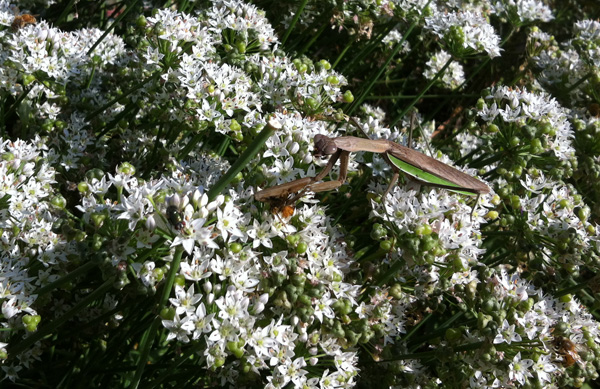Walking on Broadway today, I was startled to see a ray of bright yellow poking out of the omnipresent white — no this wasn't some variant of yellow snow. It was a variegated yucca (yucca filamentosa), probably the common cultivar, 'Color Guard', but there are other variegated cultivars like 'Bright Edge' and 'Golden Sword'.
What really intrigued me was that it seemed so completely unfazed by the extended arctic temps we've experienced and unbowed by the weight of multiple heavy snowfalls.
So many of our evergreen perennials shrink from extreme winter weather by wilting, flattening out, or curling their leaves. It's nice to see one that can spit in the eye of the old man, especially one that's usually associated with hot, dry places.
This is one tough hombre!
Variegated yucca, probably 'Color Guard,' on Broadway at 103rd Street.







